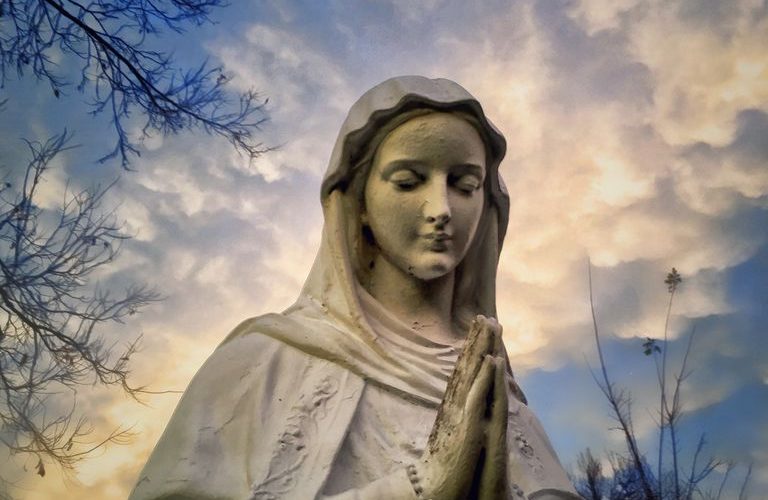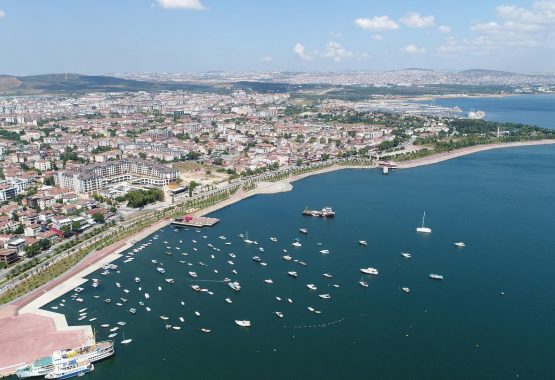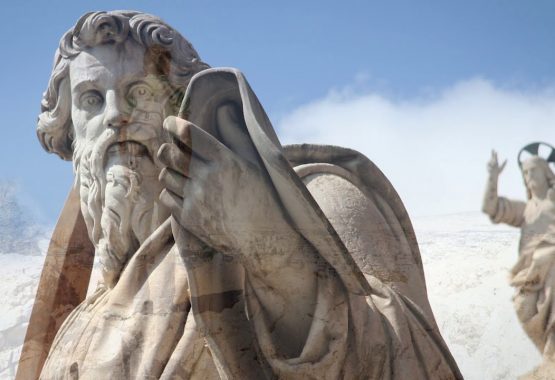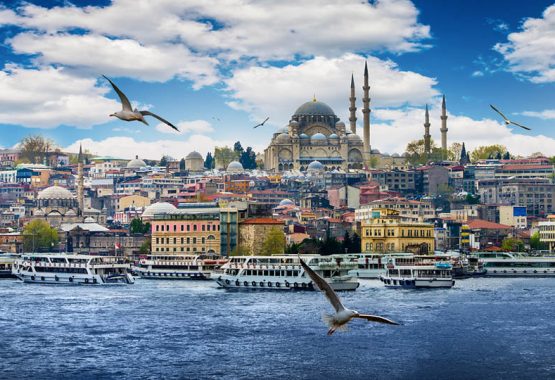The Church of Mary
The Church of Mary (Meryem Kilisesi) is a church of great historical significance located in . It is also known as the Double Church, because it is thought one aisle was dedicated to the Virgin and the other to St. John, and the because the Council of Ephesus is believed to have been held here.
195 Bishops participated in the Universal Council when it was held at the church. The council discussed important church issues, such as the divine and human nature of Jesus Christ. The bishops heavily debated the idea that Mary gave birth to God since Christ was of both God and man. The idea was firmly accepted by some bishops and strongly contested by others. The Bishop of Constantinople and his supporters thought that the term “Mother of God” would threaten the depth of the respect for God and therefore petitioned for Mary to instead be called “Mother of Christ.” The Patriarch of Alexandria defended the understanding that Jesus Christ had one personality but two entities and therefore Mary should by right be called the “Mother of God.” The Patriarch of Alexandria prevailed and the council confirmed that Mary was the Mother of God.
The Church of Mary was built during the reign of Constantine the Great and clearly shows the architectural style of the time. It is a classical rectangular basilica with a large atrium entrance. The floor of the atrium is covered with marble blocks that were brought from all over Ephesus. The structure has three naves and the spaces between naves are colonnaded. On the eastern end of the middle nave is a wide apse with postophorion chambers on either side where ritual articles would have been. On the northern side of the atrium is a niched octagonal baptistery a marble covered chamber. A pool in the center of the floor would have served as a baptism area for adults. It is one of the best-preserved baptism areas of Asia Minor still visible. The narthex was ornamented with mosaics, rosettes and crosses.
The church was destroyed as a result of the Arab raids in the mid – 7th century AD but was used as a sacred site until the 11th century. Empty areas to the north and south of the church were used as graveyards during this time.
House of Virgin Mary
House of Virgin Mary is located on the top of the “Bulbul” mountain 9 km ahead of , the shrine of Virgin Mary enjoys a marvelous atmosphere hidden in the green. It is the place where Mary may have spent her last days. Indeed, she may have come in the area together with Saint John, who spent several years in the area to spread Christianity. Mary preferred this remote place rather than living in crowded place.
Catholic pilgrims visit the house based on the belief that Mary, the mother of Jesus, was taken to this stone house by Saint John and lived there for the remainder of her earthly life.
The house of Virgin Mary is a typical Roman architectural example, entirely made of stones. In the 4th century AD, a church, combining her house and grave, has been built. The original two-stored house, which consisted of an anteroom (where today candles are proposed), bedroom and praying room (Christian church area) and a room with fireplace (chapel for Muslims). A front kitchen fell into ruins and has been restored in 1940’s. Today, only the central part and a room on the right of the altar are open to visitors. From there one can understand that this building looks more like a church than a house. Another interesting place is the “Water of Mary”, a source to be found at the exit of the church area and where a rather salt water, with curative properties, can be drunk by all.
Paul VI was the first pope to visit this place in the 1960’s. Later, in the 1980’s, during his visit, Pope John-Paul II declared the Shrine of Virgin Mary has a pilgrimage place for Christians. It is also visited by Muslims who recognize Mary as the mother of one of their prophets. Every year, on August 15th a ceremony is organized to commemorate Mary’s Assumption.
Wishing Wall
Outside the shrine is a particular which pilgrims have used by tying their personal intentions on paper or fabric. Various types of florals and fruits are grown nearby, and additional lighting has been installed within the vicinity of the shrine for further monitoring of the site. A water fountain or well is also located nearby, believed by some pilgrims to have miraculous powers of healing or fertility.






